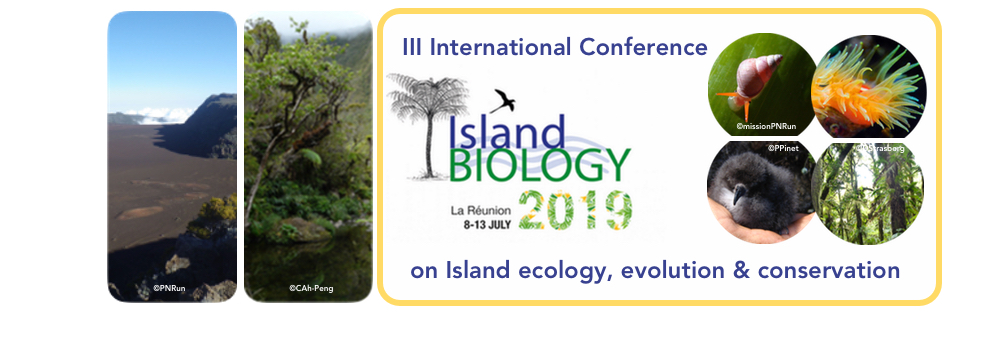The conservation of New Caledonian rare and endangered species threatened by mining activities, the need of a global approach for a big challenge
1 : Institut Agronomique néo-Calédonien
(IAC)
BP 73 Port Laguerre, 98890 Païta -
New Caledonia
2 : Association Endemia
* : Corresponding author
BP 4682, 98800 Nouméa -
New Caledonia
New Caledonia is a tropical archipelago located in southwest Pacific, and recognized as a hotspot of biodiversity. Within its exceptional flora (3389 species), about 20% have been recognized as narrow endemic species (NES). Locally, narrow endemism has been poorly studied, but is supposed to be linked with ultramafic soil, topography specificity, and climate diversity of the archipelago. Nevertheless, these species, more than others, are threatened by human-induced events, such as mining activity, bushfires, and alien species. In order to prioritize conservation actions for so many NES, we initiated several research programs from 2007 in order to define priority conservation areas, to develop a method to easily evaluate their potential distribution and to identify their nursery requirements for in situ reinforcement and ex situ preservation. All NES were mapped across New Caledonia, and « Hotspots of Narrow Plant Endemism » (HNPE) were defined as the areas containing more than 7 NES per 2-by-2 km square cell. Secondly, we modelled the potential distribution of 25 of the rarest species from Mount Kaala (one of the HNPE) using occurrence data from two sampling campaigns, and 8 high-resolution environmental predictors in a Species Distribution Model (SDMs) framework. Finally, ecological studies were conducted (phenology, population status, mapping, collection, germination) to propose management plans for these species.Distributional data produced on NES permitted to establish a map of ‘‘HNPE'' and to identify locations in most urgent need for further conservation assessment and subsequent action. The method applied for modelisation on Mount Kaala permitted to support the ability of presence-only SDMs to predict areas of high conservation value using fine-resolution environmental layers and field-collected occurrence. After 2 years of activities on this area, there were nearly 800 surveys from field prospections, 10 species studied for their germination requirements with nearly 8 that led to the production of more than 200 plants. All these data allow to provide recommendations and to propose practical tools for the protection of rare and endangered species. It also permitted to enrich extinction risk assessment by the New Caledonia Plants Red List Authority.

 PDF version
PDF version
